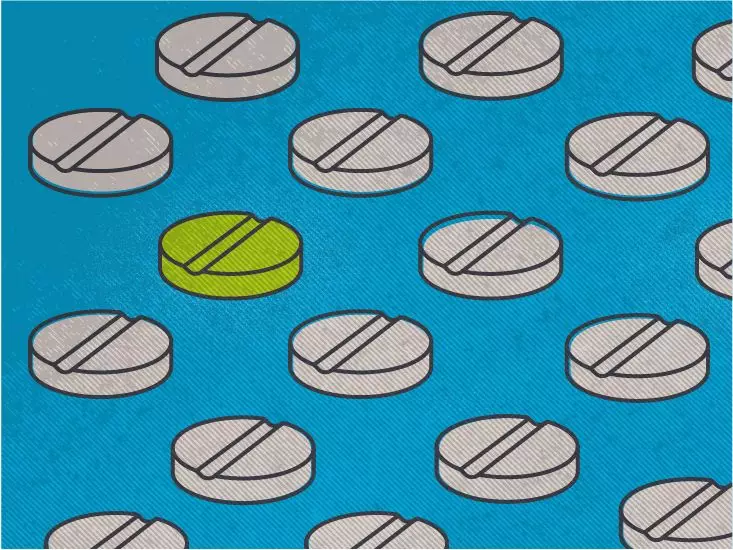Clonazepam is a widely prescribed medication primarily used for the treatment of anxiety disorders and seizure disorders. Known under its brand name, Klonopin, this benzodiazepine is acknowledged for its effectiveness in managing symptoms associated with these conditions. However, patients often find themselves grappling with the complex landscape of costs associated with this medication. Understanding these costs, including how insurance factors into the pricing, is critical for anyone considering or currently using clonazepam.
Clonazepam is available in two primary forms: traditional oral tablets and oral disintegrating tablets (ODTs). The latter dissolves quickly in the mouth, offering an alternative for those who may have difficulty swallowing pills. While both forms deliver the same active ingredient, the cost can differ based on the variant prescribed. When considering treatment, it’s crucial to discuss the specific form of clonazepam with healthcare providers, as this can directly impact pricing.
Costs can also fluctuate based on various dosage strengths, which include options such as 0.5 mg, 1 mg, and 2 mg. Patients should prepare to engage with both their doctors and pharmacists to understand the implications of their prescribed dosage on overall costs. For instance, a higher dosage may naturally lead to increased expenses but could be necessary for effective treatment.
One of the most significant factors influencing the expense of clonazepam is whether or not a patient has insurance coverage. For those without insurance, the out-of-pocket costs can be substantial. It is important to note that generic medications like clonazepam typically cost less than their brand-name counterparts, but this does not always translate to affordability without insurance.
Patients are encouraged to consult various pharmacies for price comparisons, as costs can vary widely from one location to another. Additionally, exploring potential savings programs and discount coupons, such as those from Optum Perks, can yield considerable savings. However, it’s important to understand that such coupons are generally mutually exclusive from insurance benefits—patients must choose one method for cost minimization.
For individuals needing long-term treatment, there are several strategies to help manage the ongoing expense of clonazepam. One potential avenue is obtaining a 90-day supply of the medication. Insurance providers often allow this extended supply, which can reduce both the frequency of pharmacy visits and the overall cost per dose. Patients should discuss this option with their healthcare providers and insurance representatives to determine eligibility.
Another fruitful strategy may involve utilizing mail-order pharmacy services, which can provide a cost-effective and convenient method for receiving medications. Many Medicare plans support mail-order prescriptions, potentially making this option beneficial for a significant number of patients. For those without health insurance, alternative online pharmacy solutions could present a viable pathway to obtain clonazepam at reduced rates.
The financial burden associated with prescription medications can be daunting, which is why patients are encouraged to seek out available support resources. Organizations specializing in drug assistance programs can provide critical information regarding eligibility for financial aid, access to savings cards, and useful resources that help navigate the complexities of healthcare coverage.
Additionally, websites aimed at promoting access to medications can offer insights into maximizing insurance benefits. They often include valuable tools such as calculators for out-of-pocket expenses and directories for local assistance programs.
When considering the costs associated with clonazepam, it’s crucial to acknowledge that insurance companies may require prior authorization for coverage. This means that patients might have to go through steps to demonstrate the necessity of clonazepam in their treatment before coverage begins. Starting treatment without understanding these requirements can lead to unexpected financial burdens, emphasizing the importance of thorough communication with healthcare providers and insurers.
Understanding the costs associated with clonazepam treatment involves more than just knowing the price at the pharmacy. It necessitates a comprehensive approach that encompasses forms of medication, dosage, insurance coverage, financial assistance, and a proactive discussion with healthcare professionals. By being informed and utilizing available resources, patients can take significant steps to manage the cost of clonazepam effectively, ensuring that they can continue their treatment plan without facing prohibitive financial barriers. Always consult with healthcare professionals before making any changes to medication or treatment plans.

